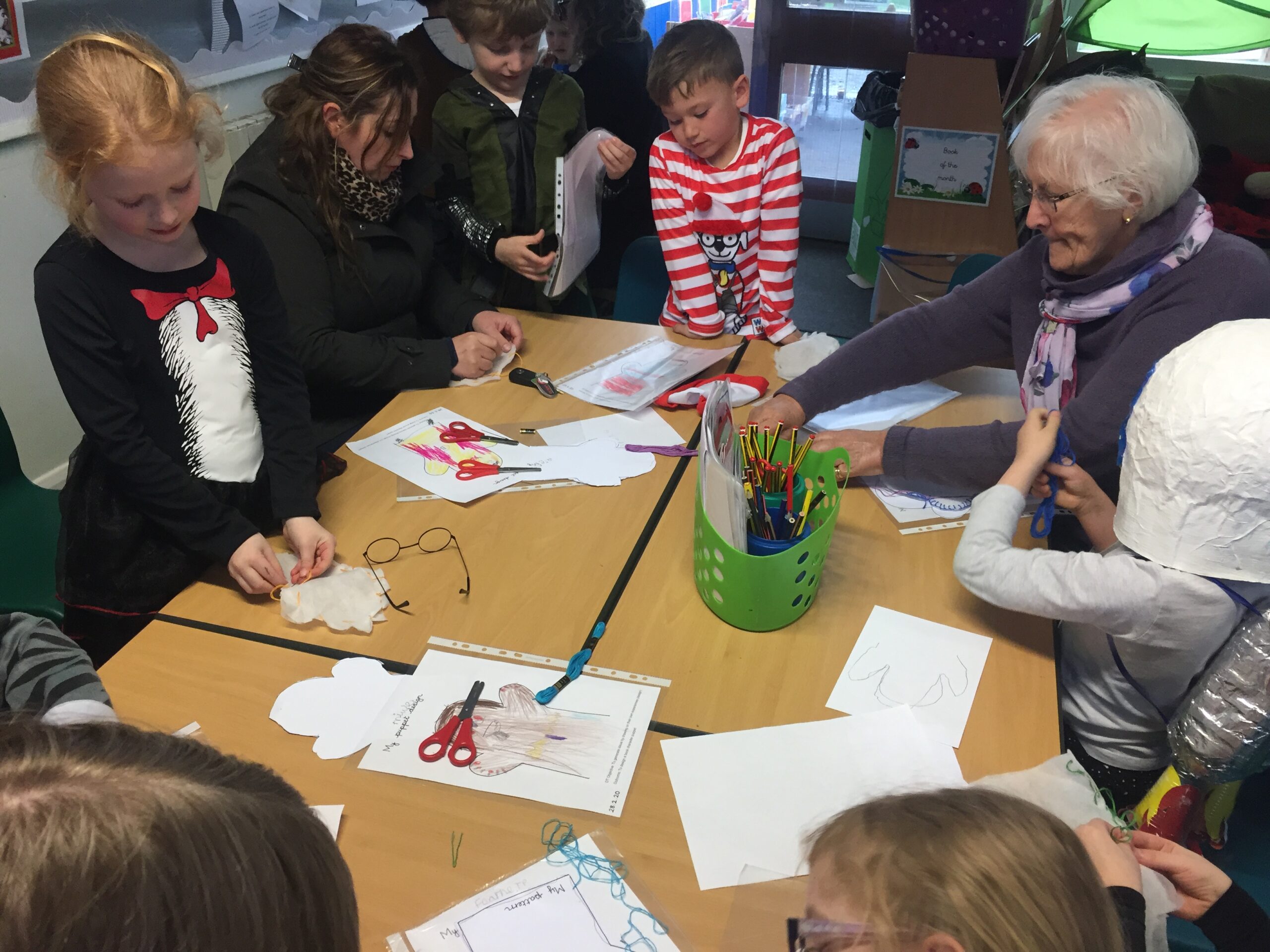Design Technology at Alverstoke Infant School
Children will have opportunities to design, make and evaluate a range of products using different media, materials and tools. They will begin to understand that products are made for a purpose and can be evaluated against design criteria. They will be given opportunities to communicate their ideas in different ways and develop the skills to use tools and materials safely and effectively.
Our DT overview shows where each year group will learn skills and techniques and apply them to topic related tasks.
It is important that the expectations for children with SEND are as high as they are for all, around what they can achieve. If children have a special educational need where adapted teaching is needed the DT coordinator will work with teachers to enable them to deliver lessons that are inclusive for all.
There are clear assessment criteria to enable teachers to recognise where children are not yet at age related expectations and where they are working at a greater depth standard.
Early Years Foundation Stage
During the EYFS pupils explore and use a variety of media and materials through a combination of child initiated and adult directed activities. They have the opportunities to learn to:
- Use different media and materials to express their own ideas
- Use what they have learnt about media and materials in original ways, thinking about form, function and purpose
- Make plans and construct with a purpose in mind using a variety of resources
- Develop skills to use simple tools and techniques appropriately, effectively and safely
- Select appropriate resources for a product and adapt their work where necessary
- Cook and prepare food adhering to good health and hygiene routines
National Curriculum requirements at Key Stage 1
Through a variety of creative and practical activities, pupils should be taught the knowledge, understanding and skills needed to engage in an iterative process of designing and making. They should work in a range of relevant contexts, (for example the home and school, gardens and playgrounds, the local community, industry and the wider environment).
|
When designing and making, pupils should be taught to:
Design · Design purposeful, functional, appealing products for themselves and other users based on design criteria · Generate, develop, model and communicate their ideas through talking, drawing, templates, mock-ups and, where appropriate, information and communication technology Make Select from and use a range of tools and equipment to perform practical tasks, (or example, cutting, shaping, joining and finishing) · Select from and use a wide range of materials and components, including construction materials, textiles and ingredients, according to their characteristics Evaluate Explore and evaluate a range of existing products Evaluate their ideas and products against design criteria
Technical knowledge · build structures, exploring how they can be made stronger, stiffer and more stable · explore and use mechanisms, (for example levers, sliders, wheels and axles), in their products National Curriculum requirements for food and Nutrition at KS1 As part of their work with food, pupils should be taught how to cook and apply the principles of nutrition and healthy eating. Instilling a love of cooking in pupils will also open a door to one of the great expressions of human creativity. Learning how to cook is a crucial life skill that enables pupils to feed themselves and others affordably and well, now and in later life. Pupils should be taught to: • use the basic principles of a healthy and varied diet to prepare dishes • understand where food comes from.
|
Please see below photos of the DT curriculum in action in the school:
Year 1 Puppet Making

Year R making dinosaurs

Please refer to the following documents for further information about the DT curriculum within the school:
